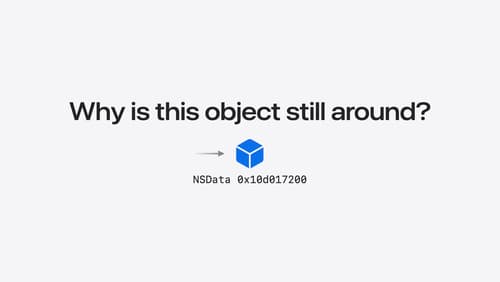优化 Swift 代码的内存使用和性能 总结下这篇 wwdc session
Asked on 2025-06-16
1 search
The session "Improve memory usage and performance with Swift" at WWDC 2025 focuses on enhancing the performance and memory efficiency of Swift code. Here are the key points covered in the session:
-
New Language Features: The session introduces new additions to Swift 6.2, such as inline arrays, span types, value generics, and non-escapable types. These features help in reducing unnecessary memory operations like retains and releases, and improve code exclusivity and uniqueness checks.
-
Advanced Techniques: It discusses advanced techniques to allow the Swift compiler to eliminate much of the automatic memory management work that occurs at runtime. This includes optimizations like Copy on Write for arrays, which delays duplication of elements until necessary.
-
Swift Binary Parsing Library: A new open-source library called Swift Binary Parsing is introduced, which leverages these new tools to make writing binary parsers both fast and safe.
-
Performance Analysis: The session emphasizes the importance of understanding where your code spends time and how to optimize it. It covers techniques for profiling and identifying performance bottlenecks.
-
Memory Management: The session also touches on the differences between stack and heap memory, and how reference counting can be optimized to reduce overhead.
For more detailed insights, you can watch the session Improve memory usage and performance with Swift (00:00:00).

Improve memory usage and performance with Swift
Discover ways to improve the performance and memory management of your Swift code. We’ll explore ways to refine your code – from making high-level algorithmic changes to adopting the new InlineArray and Span types for finer control over memory and allocations.

Analyze heap memory
Dive into the basis for your app’s dynamic memory: the heap! Explore how to use Instruments and Xcode to measure, analyze, and fix common heap issues. We’ll also cover some techniques and best practices for diagnosing transient growth, persistent growth, and leaks in your app.

Optimize CPU performance with Instruments
Learn how to optimize your app for Apple silicon with two new hardware-assisted tools in Instruments. We’ll start by covering how to profile your app, then dive deeper by showing every single function called with Processor Trace. We’ll also discuss how to use CPU Counters’ modes to analyze your code for CPU bottlenecks.
